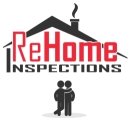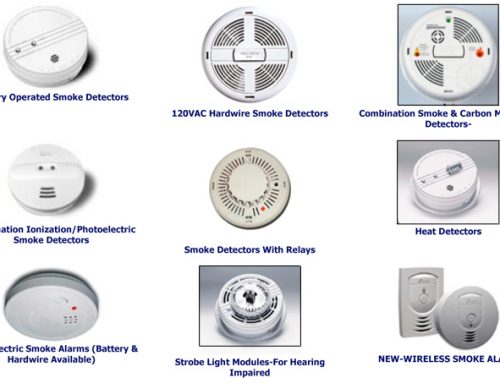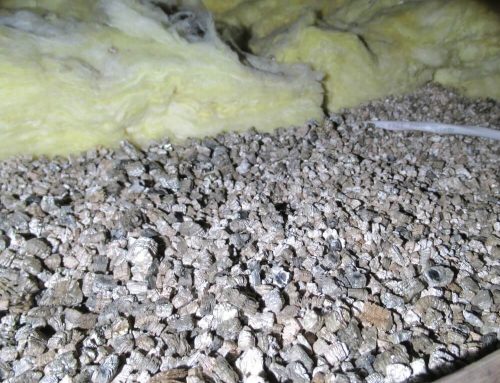Radon In Nova Scotia
The Nova Scotia Lung Association estimates 120 people die from radon annually
What is it?
Radon is a naturally occuring radioactive gas that happens when uranium breaks down. It is slowly released from rock, soil and even water. Radon has no smell or taste and you cannot see it. When radon is released from the earth outdoors it becomes diluted to the point where it doesn’t pose a health risk. In confined spaces, such as a home, it can become concentrated and pose a serious health risk.
The risk
When radon is breathed in it can release alpha particles in the lungs, resulting in cell damage. When damaged lung cells reproduce they can cause cancer. Prolonged exposure to high levels of radon increase your risk for lung cancer.
Since 2010 the Canada National Building Code has required new homes to install vapour barriers to reduce radon entry. Also, a ‘rough-in’ is now required for new homes that will greatly facilitate any future installation of a radon mitigation system into the home should it be required.
Radon in our province
Radon is found in varying degress throughout Nova Scotia. Certain areas are more prone for radon due to the geology. The only way to find out for sure is to test for it. Nova Scotia Environment has released an interactive map of radon potential for the province. Testing has determined that 40% of structures in the high risk areas on the map exceed the radon guidelines. In medium areas, 14% of buildings exceed the guidelines. In low risk areas it is about 5%.
Here’s the map: https://fletcher.novascotia.ca/
Radon in the Annapolis Valley
Having looked at the interactive map it appears that most of the high risk areas in the Annapolis Valley fall south of the Annapolis River. There are some large areas of high risk potential on the South Mountain. The North Mountain appears much safer overall; the majority of which has been deemed ‘low-risk’. Nevertheless, there are some bands of medium risk areas and a few scattered pockets of high risk. Click the image above to visit the interactive map.
Testing for radon
The Canadian guidline for radon in buildings is 200 Becquerels per cubic meter (200 Bq/m3). There are two routes you can take for measuring how much is in your home.
1) Get a do-it-yourself test kit. It costs about $50 and takes 3 months to produce a result. You can order these online from the Nova Scotia Lung Association here: https://ns.lung.ca/
(You can also find test kits at Home Depot, Home Hardware and Kents)
2) Find a radon measurement service provider. Make sure they are certified and will conduct a thorough long-term test. You can find certified professionals here: http://c-nrpp.ca
Useful links
Nova Scotia Environment | Radon
CBC Article | Elevated levels of ‘silent killer’ radon take Nova Scotia homeowners by surprise
Find: Testing labs | Measurement professionals | Mitigation specialists





[…] Download Image More @ rehomeinspections.com […]